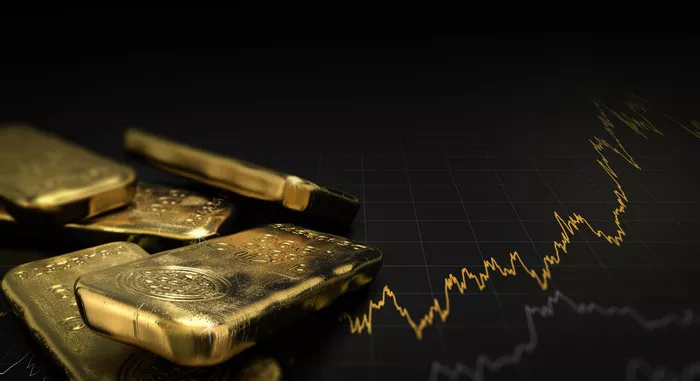Precious metals, such as gold, silver, platinum, and palladium, have long been considered safe-haven assets and stores of value. However, like any other investment, their prices are subject to fluctuations. In recent times, the prices of precious metals have experienced a downward trend, leaving investors and market participants curious about the reasons behind this decline. In this article, we will delve into the factors that contribute to falling precious metal prices.
Understanding Precious Metals
-
Safe-Haven Status
Precious metals have historically been regarded as safe-haven assets. During times of economic uncertainty, geopolitical tensions, or market volatility, investors often flock to these metals as a means of preserving wealth and hedging against inflation.
-
Industrial and Ornamental Demand
Beyond their investment appeal, precious metals also have significant industrial applications. They are utilized in various industries, including electronics, jewelry, automotive, and healthcare, due to their unique properties such as conductivity, durability, and corrosion resistance.
Factors Influencing Falling Precious Metal Prices
-
Economic Outlook and Market Sentiment
Economic conditions and market sentiment play a significant role in determining the demand for precious metals. When the global economy is performing well and there is optimism in financial markets, investors tend to shift their focus towards riskier assets, such as stocks and cryptocurrencies, reducing the demand for safe-haven investments like precious metals.
-
Interest Rates and Monetary Policy
Precious metal prices are influenced by changes in interest rates and monetary policy decisions made by central banks. Higher interest rates can make alternative investments, such as bonds or savings accounts, more attractive, diverting funds away from precious metals. Moreover, a tightening monetary policy can strengthen the domestic currency, potentially leading to a decrease in precious metal prices.
-
Strength of the U.S. Dollar
Precious metals are predominantly priced in U.S. dollars. Therefore, the strength or weakness of the U.S. dollar against other currencies can impact their prices. When the U.S. dollar strengthens, it becomes more expensive for international buyers to purchase precious metals, potentially reducing demand and putting downward pressure on prices.
-
Inflation Expectations
Inflation plays a significant role in the demand for precious metals. During periods of high inflation or expectations of future inflation, investors often turn to precious metals as a hedge against eroding purchasing power. Conversely, when inflation is low or expected to remain subdued, the appeal of precious metals as a protection against inflation diminishes, impacting their prices.
-
Geopolitical and Trade Factors
Geopolitical tensions, trade disputes, and global events can impact the prices of precious metals. Uncertainty surrounding international relations and trade policies can create volatility in financial markets, leading to fluctuations in the prices of these assets. Favorable developments, such as the resolution of geopolitical conflicts or progress in trade negotiations, can alleviate uncertainty and potentially lead to a decline in precious metal prices.
-
Supply and Demand Dynamics
The fundamental principles of supply and demand also influence precious metal prices. Changes in mining output, exploration activities, recycling rates, and industrial demand can affect the supply side. Similarly, fluctuations in investment demand, jewelry consumption, and industrial usage impact the demand side of the equation. Any imbalances between supply and demand can contribute to price movements.
Interplay of Multiple Factors
It is important to note that the prices of precious metals are influenced by a combination of factors, and their relationships can be complex. For example, while falling stock markets or economic uncertainties may typically drive investors towards safe-haven assets, other factors, such as interest rate hikes or a strong U.S. dollar, can exert opposing pressures on precious metal prices.
Conclusion
The decline in precious metal prices can be attributed to a variety of factors, including economic outlook, market sentiment, interest rates, currency strength, inflation expectations, geopolitical events, and supply and demand dynamics. It is crucial for investors and market participants to monitor these factors and consider their interplay when assessing the potential direction of precious metal prices. As with any investment, conducting thorough research, diversifying portfolios, and seeking professional advice can help investors make informed decisions in the ever-changing landscape of precious metals.


